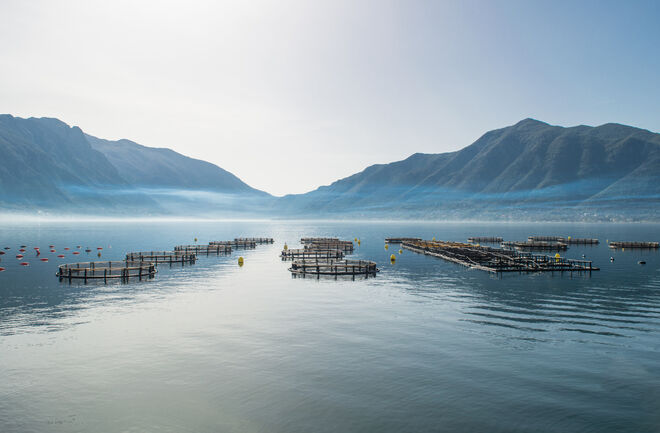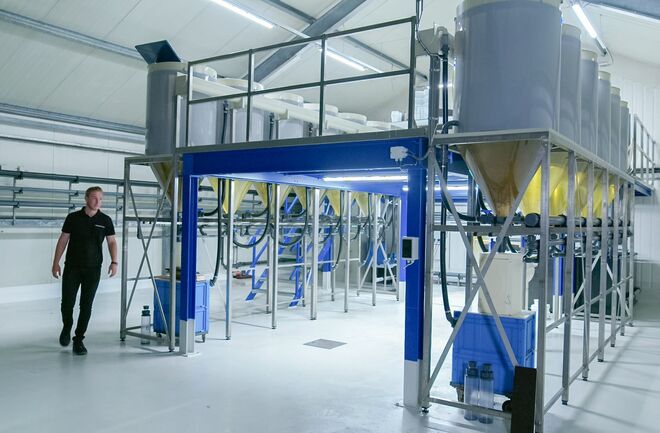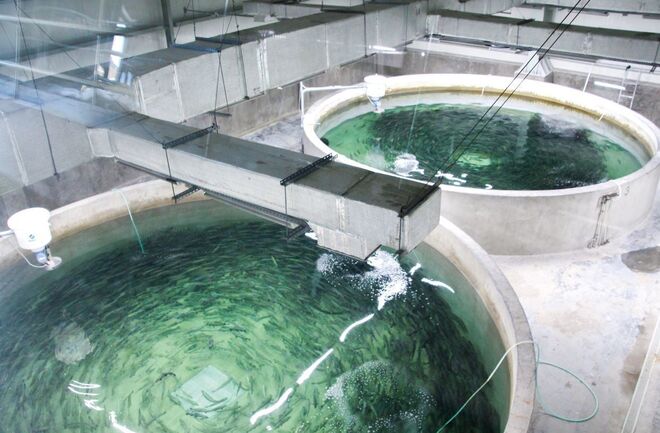
Moving beyond Fish in : Fish out ratio measures in sustainable aquaculture feeds
Goal number 14 of the United Nations Sustainable Development Goals is titled ‘Life Below Water.’ For Alltech Coppens, the main aim aligned with SDG 14 is to reduce our dependency on marine ingredients.
Alltech Coppens instituted the project to develop a sustainability scoring for our feeds. With this scoring, we are not just able to rank one type of fish meal but all forms of raw materials. This results in a score-ranking for feed. The score-ranking is established by a life cycle assessment (LCA) using several databases, such as the Global Feed LCA Institute (GFLI) and other information sources.
The ranking is based on an A-B-C principle, where all feeds in category C form the baseline for the scoring.

What is a life cycle assessment (LCA)?
An LCA evaluates the effect of specific production processes on the environment. The assessment comprises all phases needed to produce and use a product, from initial development to waste treatment. Life cycle impact models (LCIM) are used to estimate the environmental impact. Resulting in an ‘environmental profile’ — a score list with different environmental effects, such as climate change, water use, land use and soil acidification.
How was the scoring developed?
We use a well-known method called ReCiPe 2016 (developed by cooperation between RIVM, Radboud University Nijmegen, Leiden University and Pré Consultants) and the database from the GLFI. These form the basis for Alltech Coppens’ sustainability scoring, as their modelling methods are compliant with the European Union’s Product Environmental Footprint Category Rules for Feed (PEFCR).
We assessed the impact of all our industrial feeds based on the raw materials, geographical location of the supplier, feed performance (FCR), databases and information sources. It resulted in the Alltech Coppens sustainability scoring, in which we categorise the diets based on the total impact score. Feeds with the lowest impact score are placed in category A.

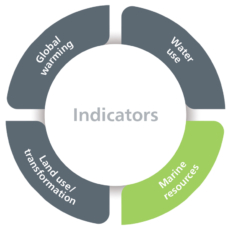
Marine Resource Sustainability scoring
Although ReCiPe 2016 is quite extensive in the number of indicators, the use of marine-sourced fishmeal and oil (which is perceived as an unsustainable practice associated with the aquaculture industry) is not included as an indicator. Indirect biodiversity loss is described under marine ecosystems, but the direct effects of fishing (i.e., fish stock depletion and ecosystem damage) are not considered. To account for these, it was decided that we add an extra indicator: Marine resources sustainability. These are also normalised and weighted into the sustainability score of Alltech Coppens and have been processed into the enclosed diagram.
We have highlighted 4 of the 18 midpoint indicators used in the ReCiPe 2016 methodology. Although ReCiPe 2016 is quite extensive in the number of midpoint indicators, usage of marine sourced fishmeal,- and oil is not included in a midpoint or endpoint. To account for direct effects, it was decided that we wanted to add an extra endpoint that is also normalised and weighted into the sustainability score of Alltech Coppens. This endpoint is called ‘’Marine Resources’’
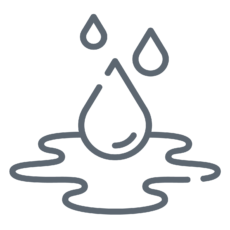
Water use
Humans are the predominant driving force behind alterations in river flow on a global scale, as well as spatial patterns. These alterations in the freshwater cycle impact biodiversity, food production, health security, ecological functioning and climate regulation, which all negatively impact the resilience of both aquatic and terrestrial ecosystems. Most impacts related to water use are based on water consumption, which is the utilisation of fresh water in such a way that water is either evaporated, incorporated into products, transferred to other watersheds or disposed of into oceans. Aquatic and terrestrial ecosystems impacted by this may face the risk of a reduction in plant and fish species, which, in turn, affects resource availability and human health.
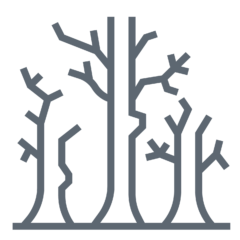
Land use/transformation
Land use scarcity and conversion are results of the growing human population, with agriculture and livestock farming as the main drivers for land transformation. The most known example of land use change is deforestation, which increases biodiversity loss and accelerates the loss of ecosystem functions and services. Land use and land use change, therefore, do not just cover actual land use. They impact greenhouse gas emissions, biodiversity loss, water quality and ecosystem functions and services, making land use a central concern for environmental sustainability.
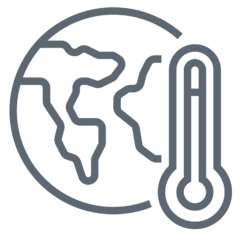
Global warming
Carbon emissions are often summarised in the carbon footprint of a product, as these are the most important anthropogenic greenhouse gasses within the atmosphere. However, the global warming potential is not just the three main anthropogenic greenhouse gasses combined but also includes 204 other greenhouse gasses and describes the climate change effects resulting from these emissions. Global warming is not just about the worldwide temperature rise; it affects ecosystems (which results in biodiversity loss), human societies and the natural environment.
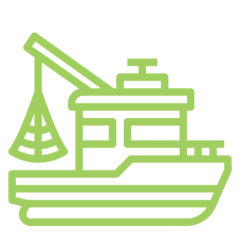
Marine resources
Within the aquaculture sector, the use of fishmeal and fish oil in feed is often referred to as problematic because of its relation to depletion of ocean fish stocks and ecosystem damage due to damaging fishing methods. However, large differences between fish species, the status of stocks, fishing methods and production methods (i.e., trimmings) exist, leading to large differences in sustainability. With this criterion, we account for effects related to fishing (i.e., fish stock depletion and ecosystem damage) and make the databases that we used more applicable to our industry.
We are actively taking steps towards achieving our sustainable aquaculture goals by giving utmost respect for the climate, sustainable sourcing of materials, and social responsibility. Read more →

